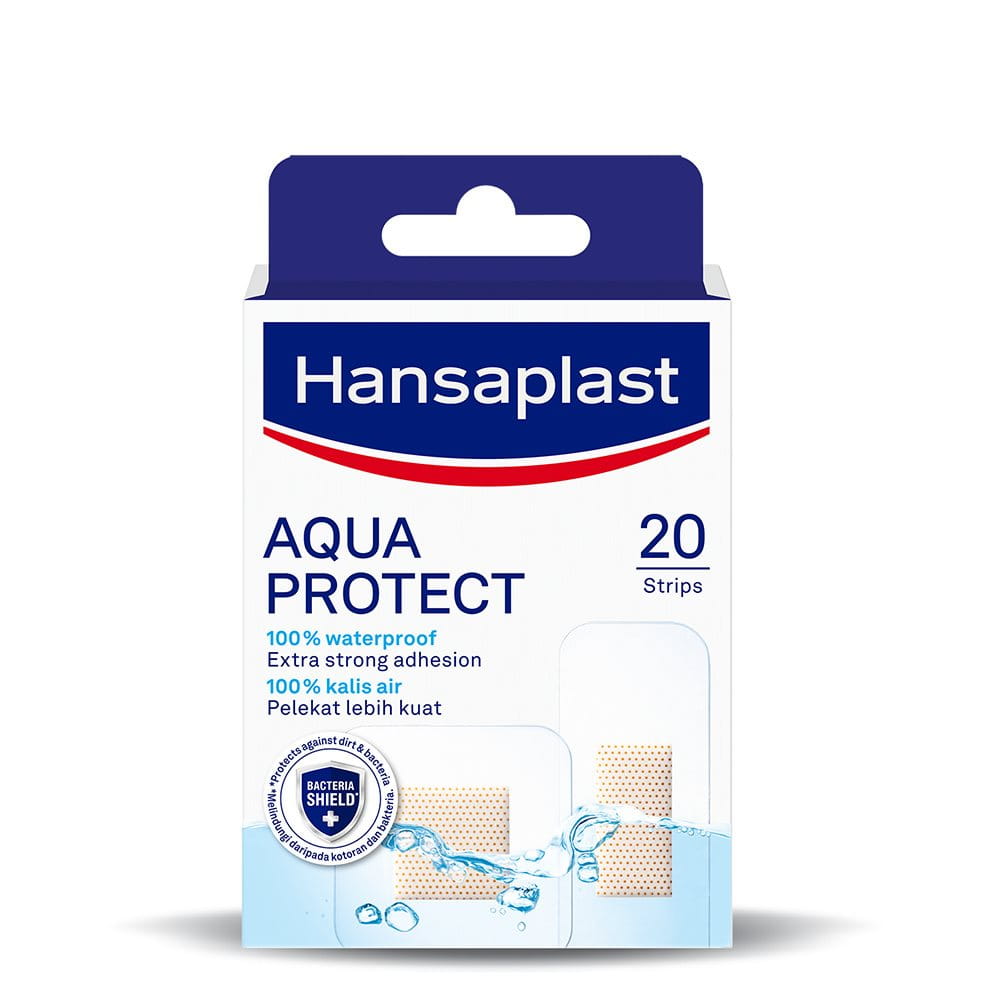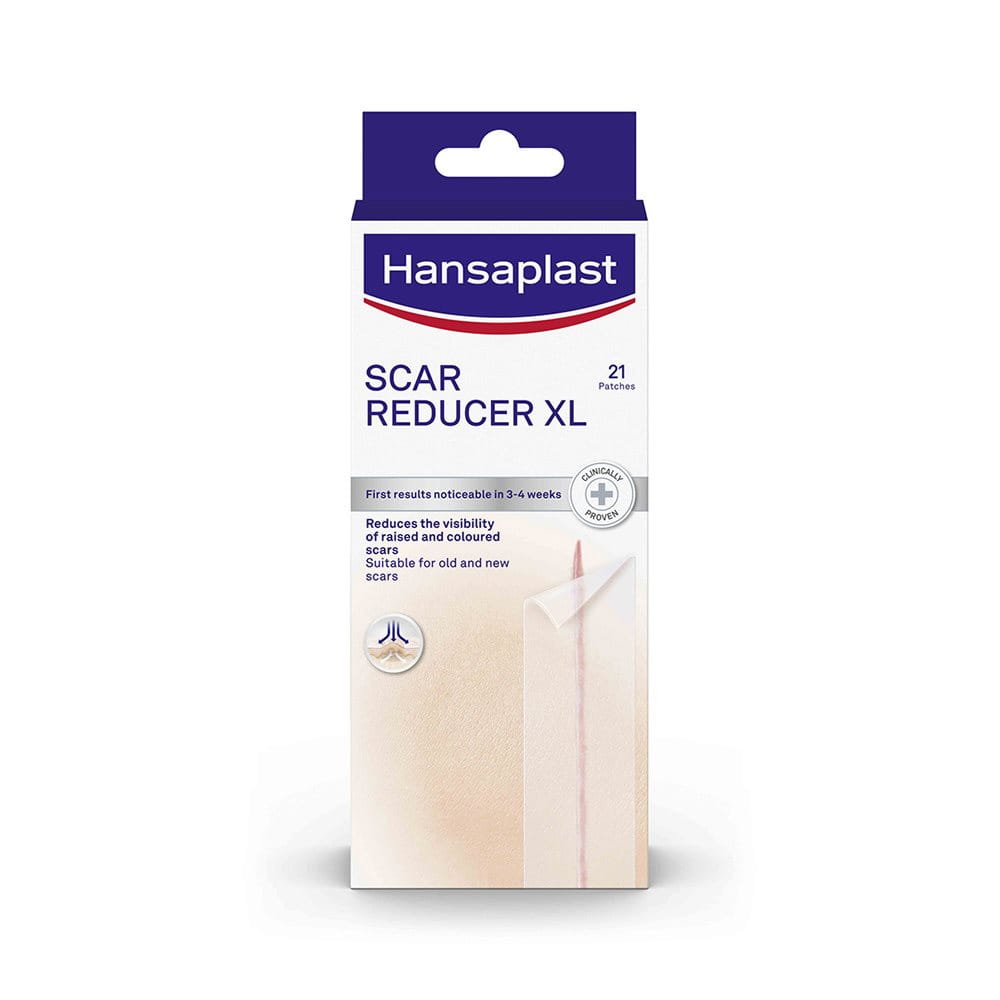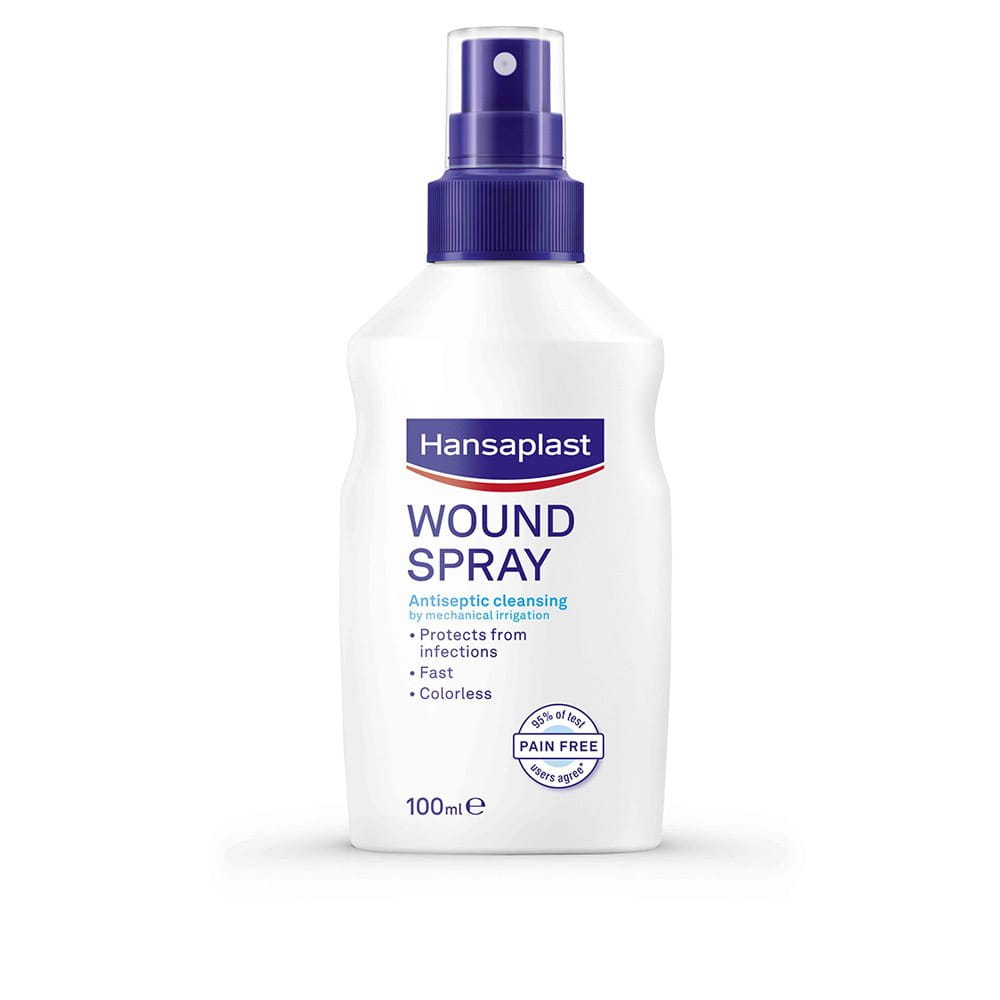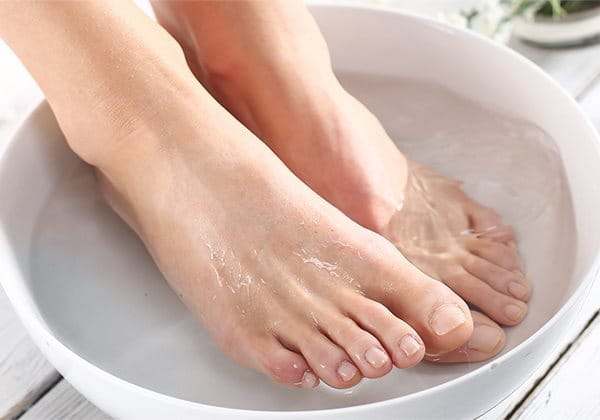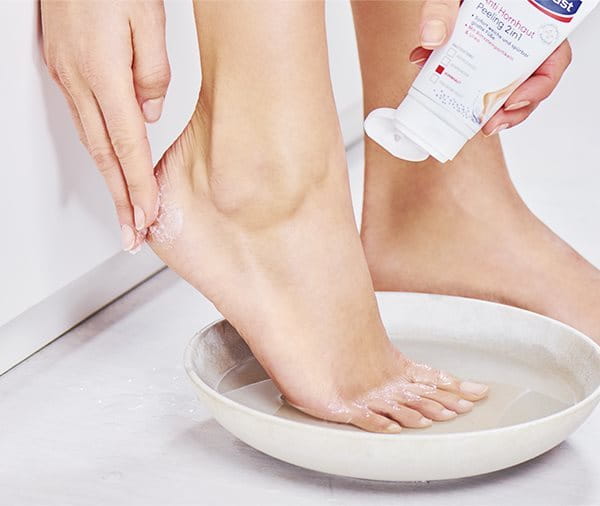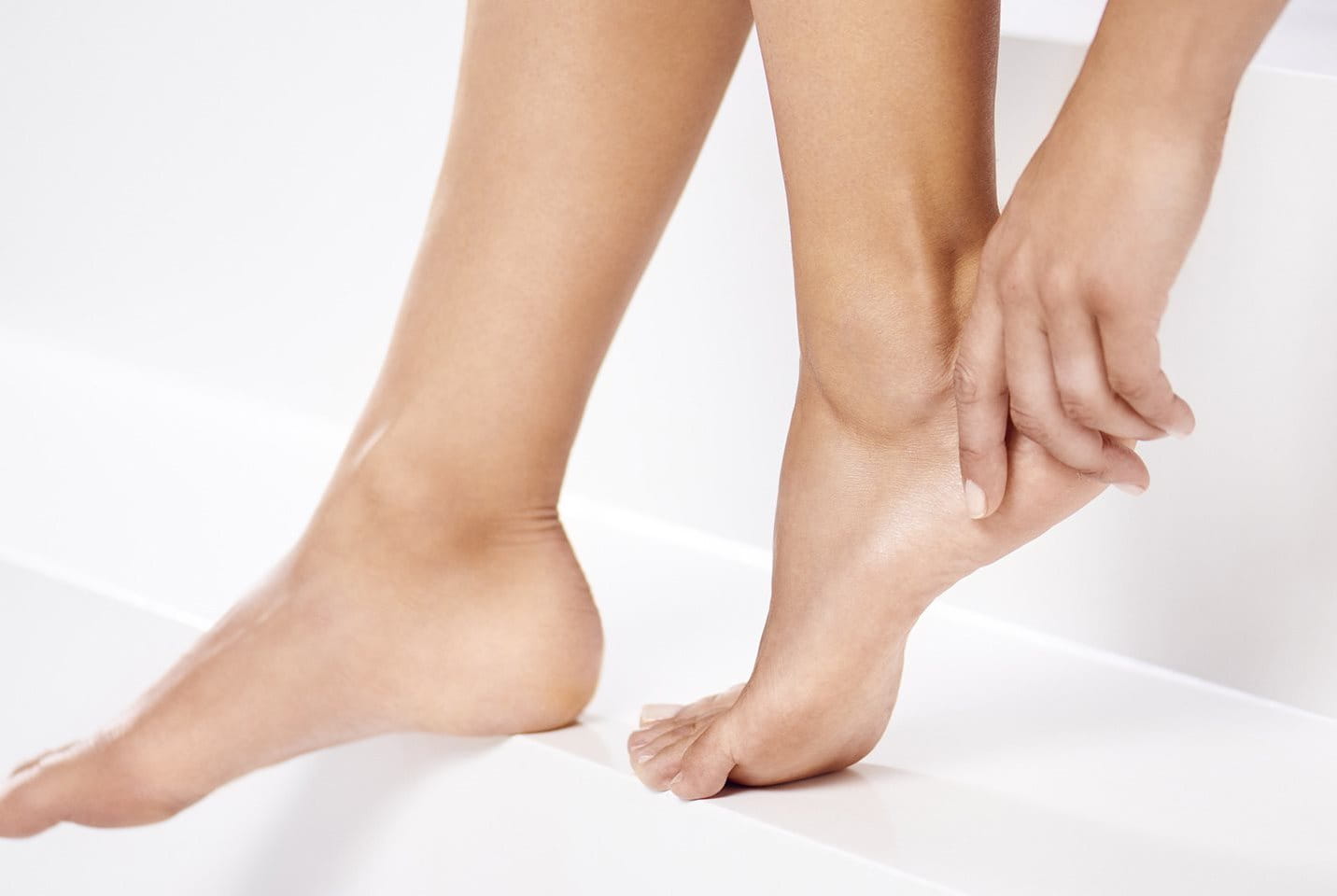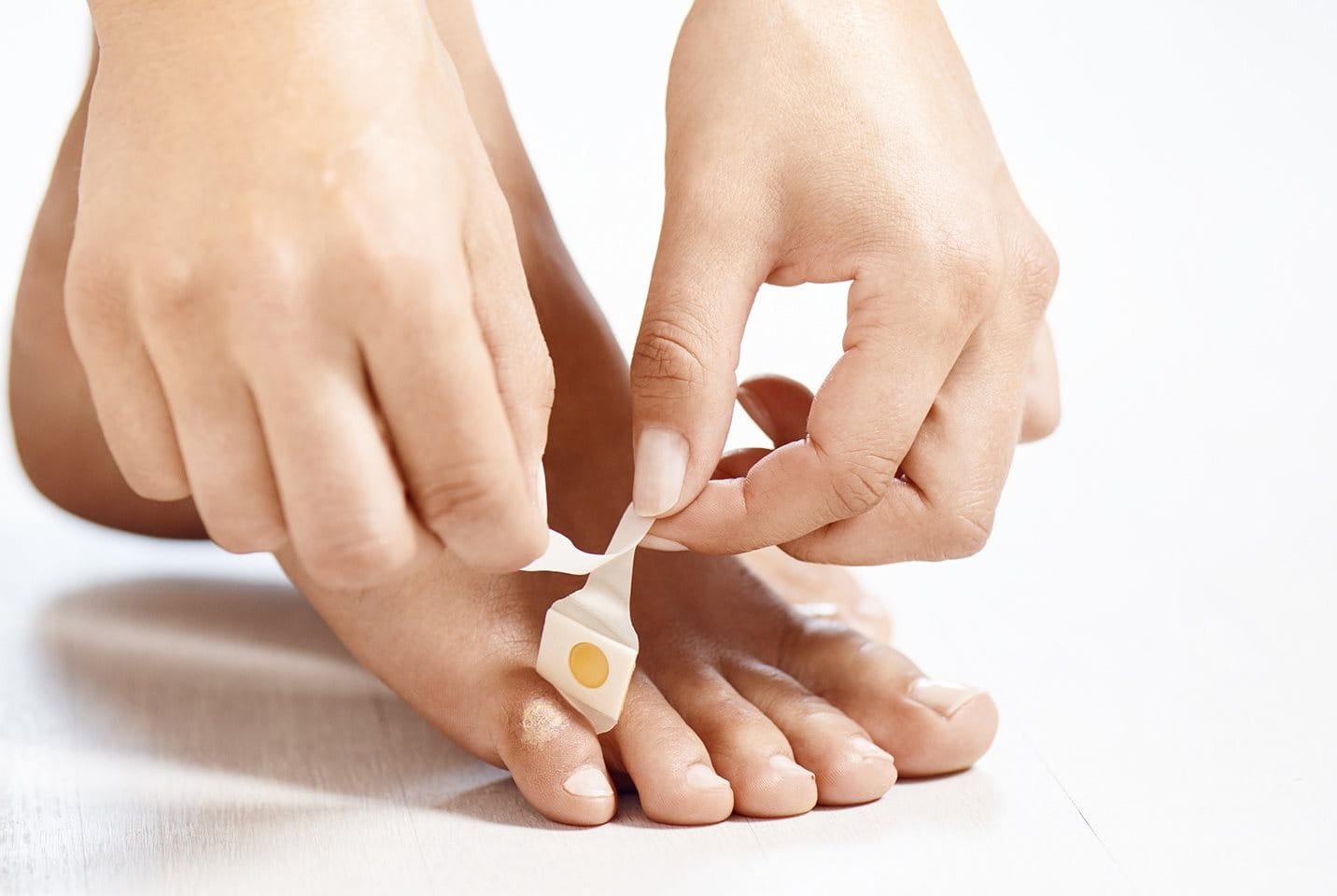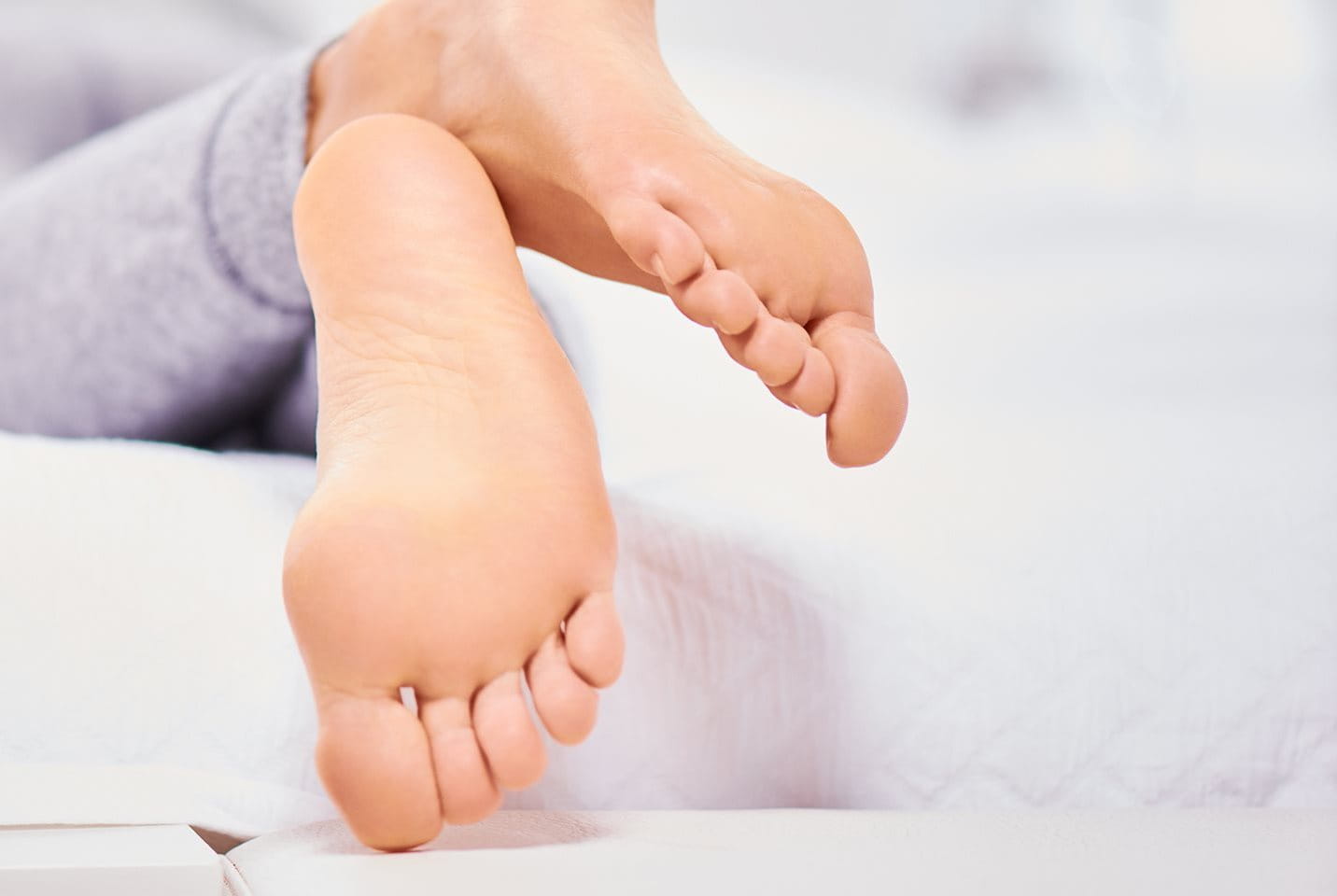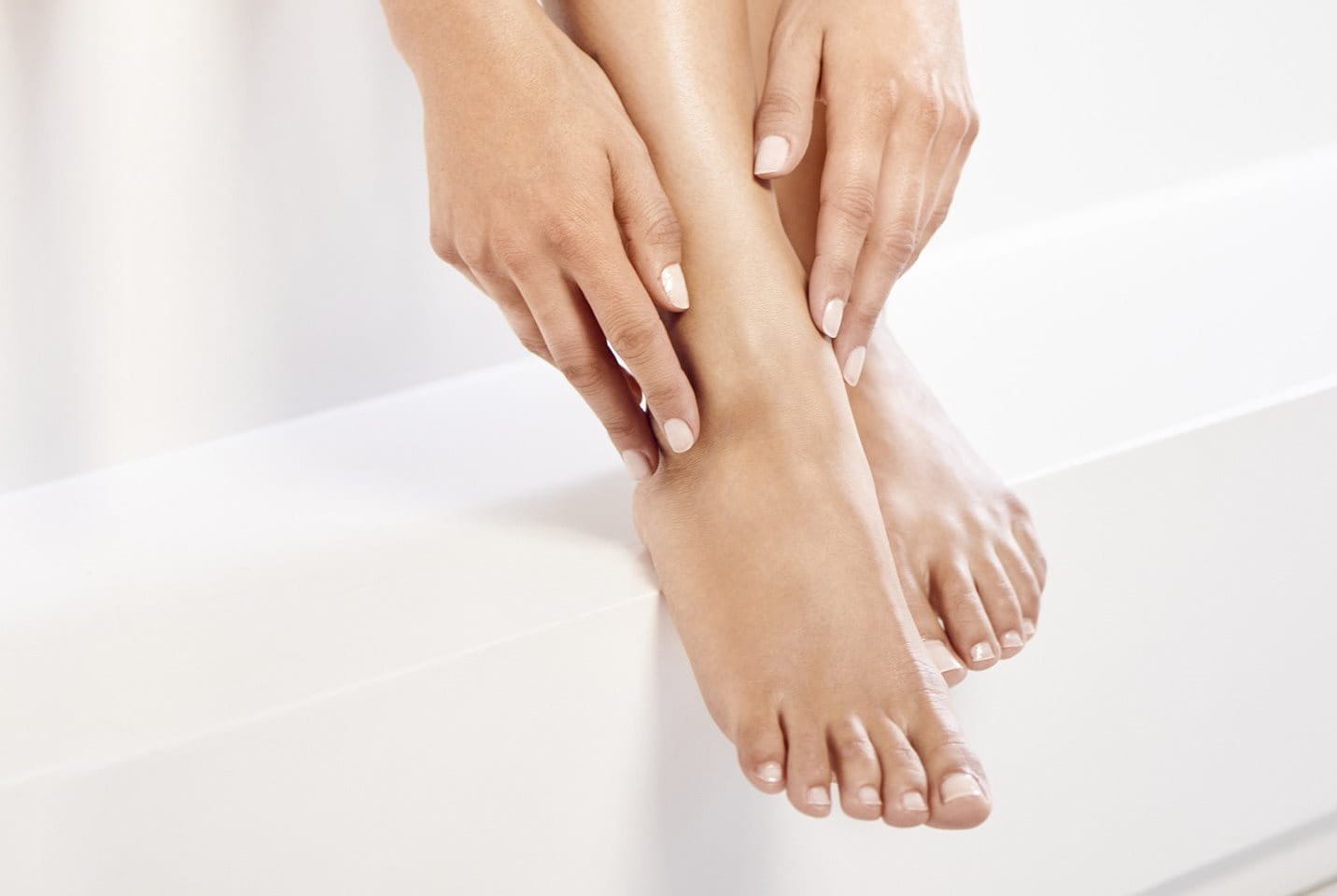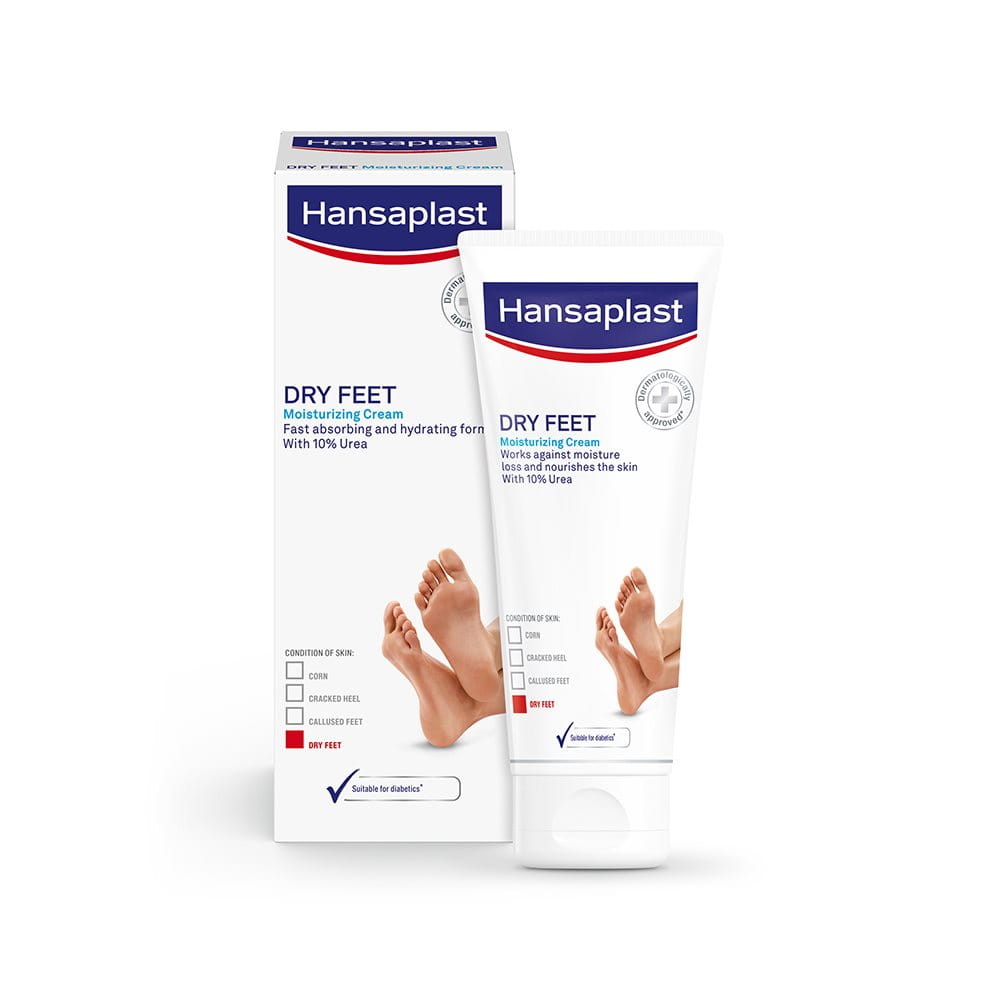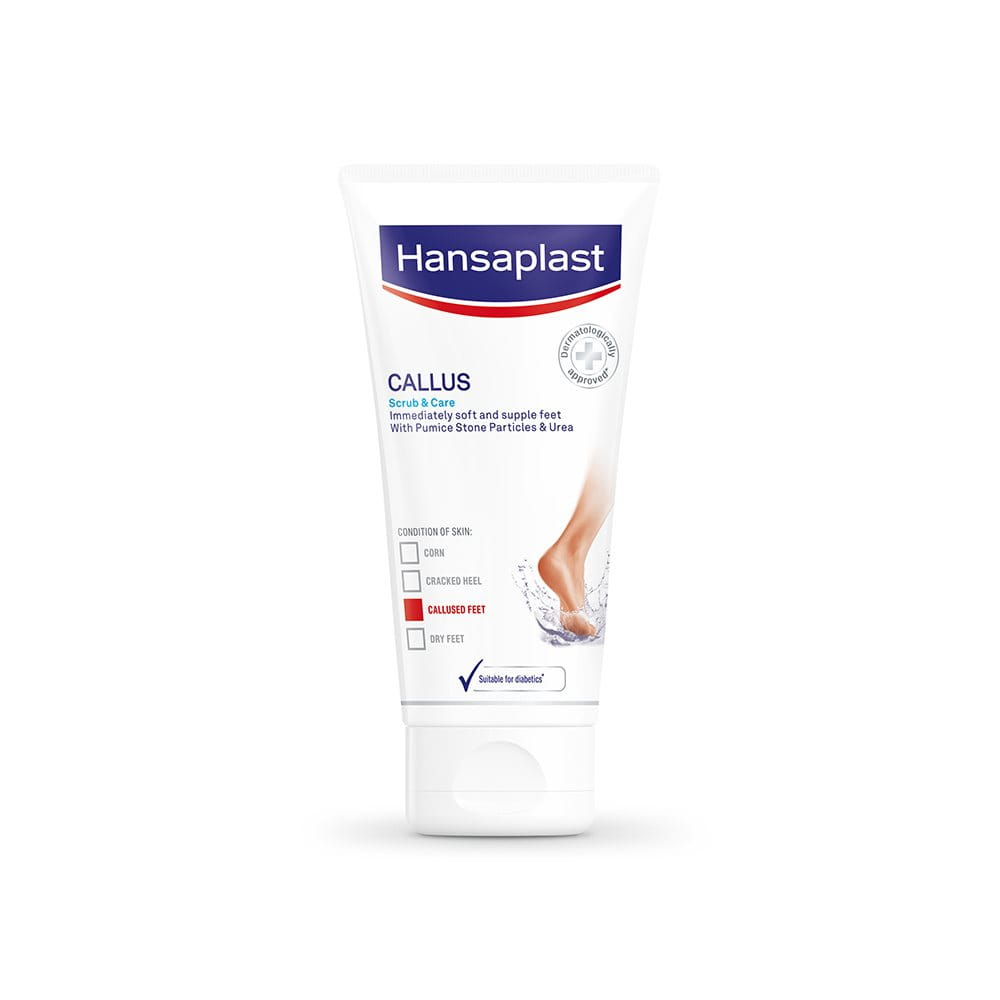What are calluses?

A callus is an extended area of thickened skin which is often yellowish in color. They are particularly common on feet although hands and fingers can also be affected. Considered the most significant foot problem,1 they normally appear on the heels or soles. They are almost always painless but can be unsightly and should be treated because, if left untreated, the condition of the skin deteriorates and cracks may form.
- Source: Foot Monitor 01/2008, GER/F, n=1,000
What causes calluses?
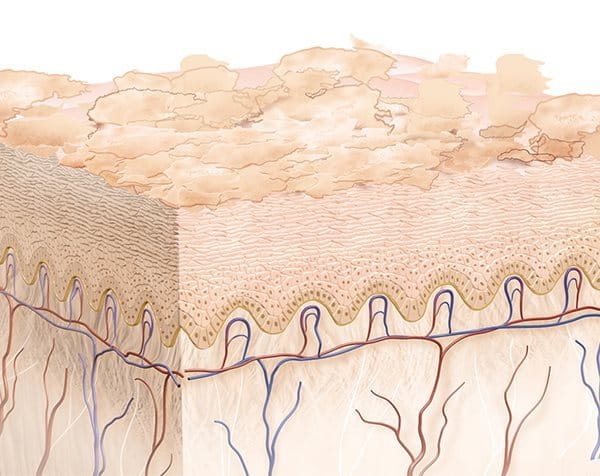
Calluses are caused when feet are frequently exposed to pressure and friction.
Our skin has three layers: the epidermis, the dermis and the subcutis. The outermost layer of the epidermis, the external layer of the skin, is known as the stratum corneum or horny layer and is made up of cornified cells (corneocytes) and epidermal lipids. When feet are subjected to pressure and friction the epidermis reacts to protect itself by thickening the stratum corneum with layers of hardened, calloused skin. The medical term for this is thickening process is hyperkeratosis.
People with dry skin are more prone to the development of calluses on their feet, and that fact that all skin dries out as we get older means that we’re more likely to get callused skin, and other foot conditions, as we get older. You can find out more about other foot conditions in our article say goodbye to hard skin.
How can I prevent calluses from forming on my feet?
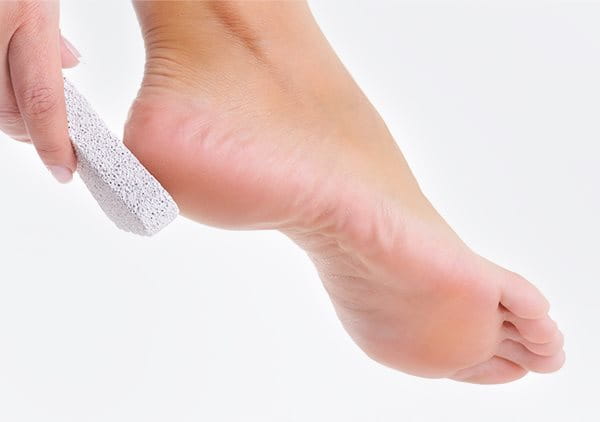
Appropriate footcare will help you to prevent calluses from forming. We recommend the following:
- Choose shoes that fit well and don’t pinch, rub or put your feet under undue pressure
- Regularly and carefully remove excessive hard skin from your feet with a pumice stone, foot file and/or an exfoliating footcare product such as Hansaplast Callus Scrub & Care
- Moisturize your feet twice daily (ideally) with a moisturizer such as Hansaplast Dry Feet Moisturizing Cream
You can read more about how to care for your feet in dry skin on feet.
How can I get rid of foot calluses?
Hansaplast Callus Scrub & Care

Hansaplast Callus Intensive Cream
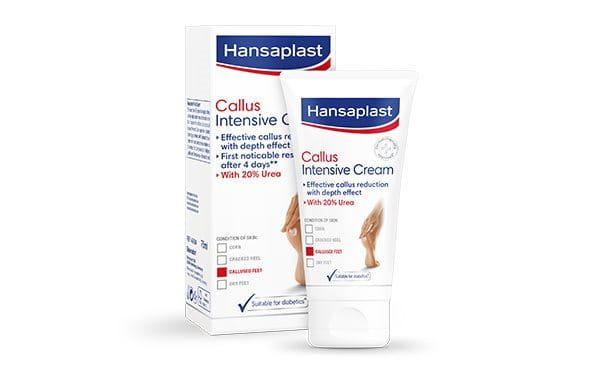
A foot moisturizer with a high concentration of Urea – 20%. Urea is one of skin’s own moisturizing factors and, when applied topically, rehydrates dry skin, strengthens its protective barrier and, when used in high concentrations, reduces calluses. In research, 91% said their feet were noticeably softer and smoother after just four days1 and results continue to improve over time.
- Beiersdorf dermatological study with 33 subjects using the product twice daily for two weeks, 2011
A footcare routine for calloused skin
Expert tip: Never try to remove hard skin with a razor blade or other sharp object. You’re likely to remove too much skin, and you risk damaging deeper skin layers that could lead to infection.

Hansaplast medical professionals and scientists such as Dr Maike Kuhlmann are hard skin experts
Where can I find out more about feet?

